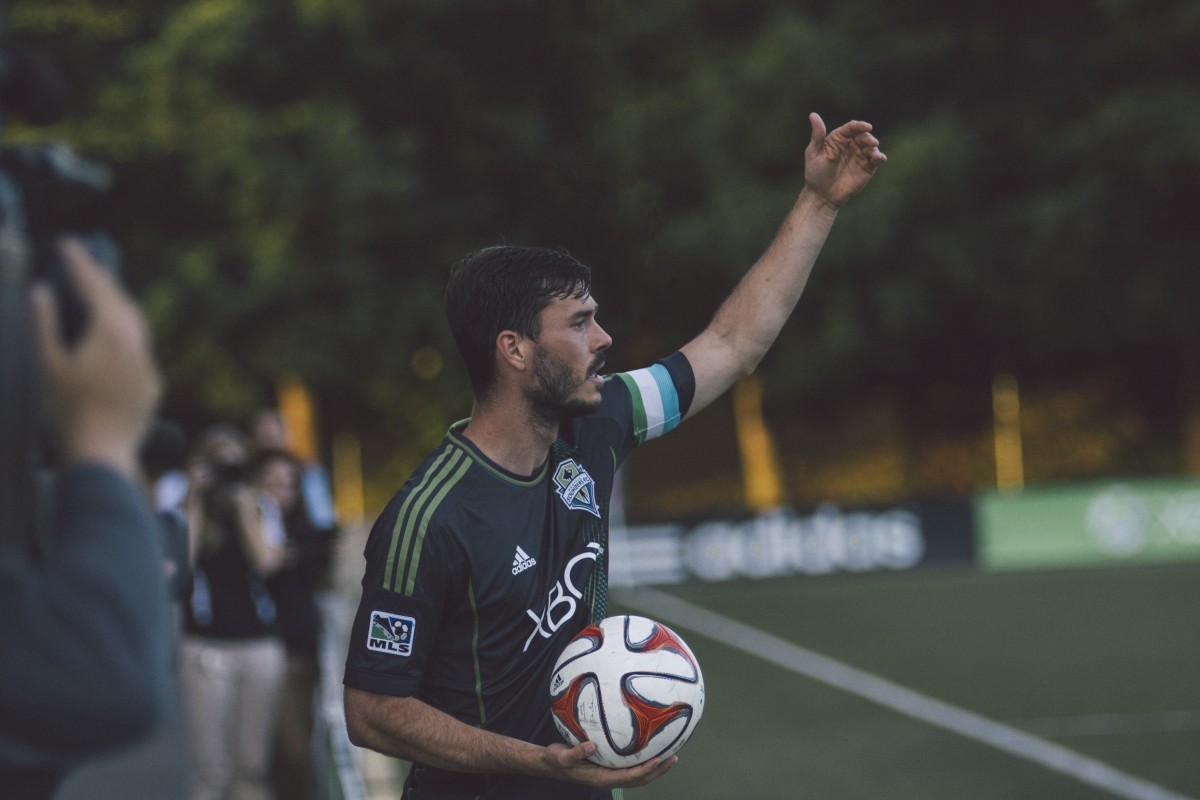There’s no secret here – organized and recreational sports are the most dangerous physical activity – by a long shot.
The statistics are staggering – Approximately 2 million annual injuries, dozens of deaths, and 1/2 million doctors’ visits.
With competition comes an inherent risk of injury. It’s the nature of competitive sport – pushing oneself to whatever limits it takes to win. There are also catastrophic contact injuries that simply can’t be avoided. For the purpose of this discussion, I’d like to explore those injuries that are related to overuse, poor mechanics, and super-specialization. Things like knee injuries, nagging lower back pain, and shoulder/elbow overuse.
Furthermore, we see the prevalence of injuries increase significantly as athletes sub-specialize for multiple back-to-back seasons. This becomes a necessary exercise as programs become increasingly more competitive. Athletes need to get more sport-specific hours under their belts to remain competitive.
By paying special attention to off-season training, coaches have the ability to buffer injury risk significantly in their athletes. Here are some key elements of an injury-prevention focused training program:
1. Posterior Strength
Most knee injuries are caused by chronic fatigue combined with under-developed hamstrings and glutes. Exercises such as the back squat, good morning, Romanian dead lift, and single-leg squat variations should be a staple of any sport strength and conditioning program.
2. Full Range of Motion
If you’ve spent any amount of time in a high school weight room, you’ll see it quickly becomes a “how much weight can you move in front of your friends” contest. Weight on the barbell takes precedence over proper range of motion and mechanics. Come game time, the athlete will undoubtedly be forced through full range of motion. If the athlete failed to train and strengthen that range, injury occurs.
3. Mirror Your Sport in Strength Training
What does a single play or period of your sport look like? Is it 20 minutes of consistent effort or 9 seconds of intensity and power? Your training should look a lot like your sport. If you’re an offensive lineman or a volleyball defensive specialist, you probably shouldn’t be training like a cross-country athlete. Replicate the speed and power of play in your training so you both perform well and prevent injury when forced into the appropriate intensity level.
4. “Un-Specialize” for a Season
As we mentioned before, today’s athletes need to specialize to remain competitive. But, with super-speciality comes a nearly 2x risk of injury. Take a season to un-specialize and get involved in a strength and conditioning program that looks like your sport. You’ll come back revived, refreshed, and – likely – a better specialized athlete.
5. Focus on Mobility
Athletes use their bodies to the fullest. Therefore, it’s increasingly more important that athletes recover fully. This means stretching, breathing, soft tissue, and other mobility work. Remember: competition will expose how you train. Don’t let game time be the first time you’re forced to consider mobility.
6. Prioritize the Midline
Aside from paper football, nearly any athletic movement originates form the midline – or core – and radiates outward. Passing a football, blocking a volleyball, and swinging a golf club all require force to start in the core and move outward. Offseason strength and conditioning exercises should give priority to movements that require midline stability as well.
7. Don’t Wait Until It’s too Late
We’ve written a lot about the lagging indicator – consequences both good and bad always reveal themselves after an action is taken. In the case of youth and high school athletes, this is gospel. By nature, student athletes’ bodies are bulletproof and full of hormones – often giving the impression that any given strength and conditioning program is effective and safe. But, the marker of a good strength and conditioning program is often seen when those athletes hit their late 20s and early 30s. A 17-year old body can get really strong with minimal effort and can probably buffer some bad form and remain injury-free. HOWEVER, come gametime – in the heat of competition – we see the actual effectiveness of the program. Priority must be given to form and function.
8. SLEEP AND EAT
Similar to the lagging indicator is the false sense of effectiveness when it comes to diet and sleep patterns. Again – from the outside – it appears as though the student athlete is strong and able, regardless of sleep and dietary habits. It’s unlikely that the athlete will appear overweight or tired. But the fact of the matter is that the athlete may be leaving a tremendous amount of performance on the table while increasing their risk of injury by ignoring this important elements of athletic life.

